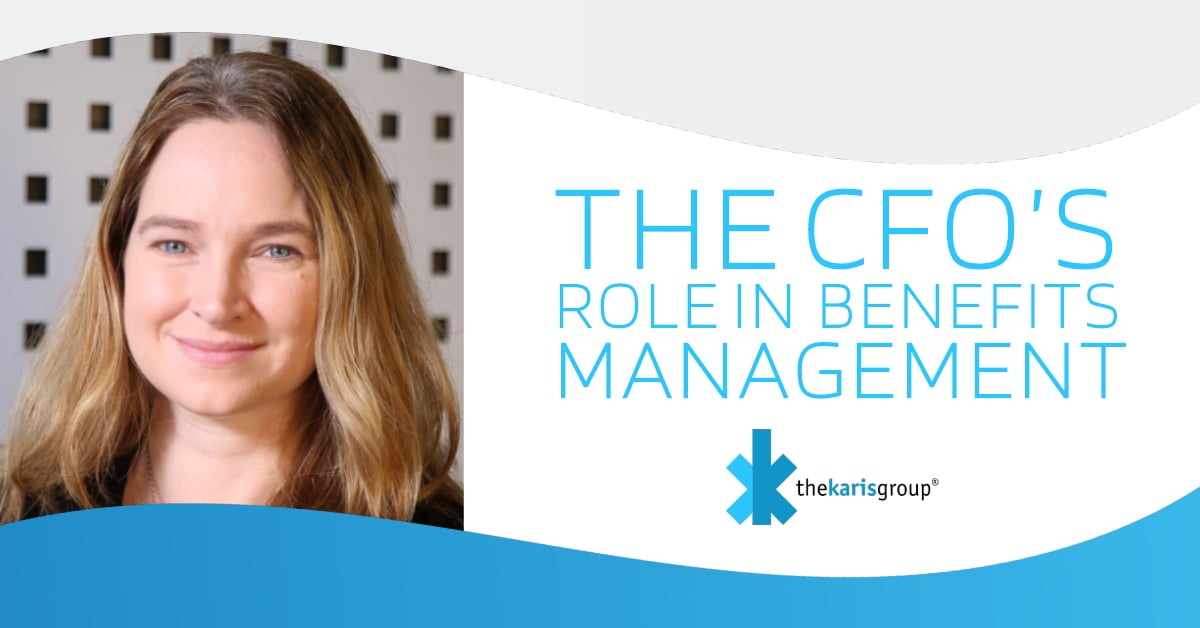According to the Organization for Economic Cooperation and Development (OECD), the U.S. has the most expensive, yet least effective, healthcare of any other high-income nation. Without price transparency, we will never understand why providers charge so much for what they do.
How much is Healthcare Costing Employers?
In the world of business, healthcare coverage is a perk that companies like to provide for their employees - but at what cost? The 2019 Employer Health Benefits Survey from the Kaiser Family Foundation found healthcare coverage is costing companies an all-time high average of $20,000 a year for each employee family plan. On average employers cover 71% of that cost while the employee pays the rest.
Unfortunately, as a result of the high cost of healthcare coverage, employers are requiring larger premiums for their employees. With the increase in healthcare prices, many employees are therefore choosing to not be covered to avoid the high premiums. Reports from the Healthcare Cost Institute (HCCI) also show that health-care utilization declined .2% and average prices increased 17.1%. Meaning a company is paying more to cover its employees healthcare while at the same time the cost is driving its employees to opt out of actually paying for coverage. How does that even make sense?!?
What does the future hold?
Healthcare spending in the United States is expected to nearly double between 2017 and 2027; according to the Centers for Medicare & Medicaid Services. When looking at an individual’s retirement plan, the cost of healthcare has increased 23% in the last 4 years This is largely due to the population increase for individuals 65 and older. This population has increased from 37.2 Million in 2006 to 49.2 million in 2016, and it’s projected to grow another 50% by 2030. In retirement, a 65-year old couple will need $296,000 to cover their out-of-pocket healthcare costs.
How are Business’s Combating High Healthcare Costs for Employees Today?
- Companies have tried to fight the pay increases by:
- Fining employees for not checking certain procedure prices through their own price-transparency program.
- Trading in traditional insurance for direct contracts with hospitals and surgical centers who provided quality care with clear pricing.
- Giving free access to telemedicine and on-site primary care with no copays, deductibles or paperwork.
- Using Health Share organizations whose members pay other members medical bills at a significantly lower deductible amount than your traditional insurance carrier.
- What can you do to save today?
- Provide employees with health navigation services like Karis Patient Navigator to avoid unnecessary emergency visits, find specialty drugs at a lower cost in your area, and find a physician that best suits your need.
- If you’re already incurring large bills, explore fair prices and negotiation options with Karis’ Bill Negotiator
- Explore hospital financial assistance programs to see if you would be a good candidate.
- Research Self-Funded Insurance Models, Health Sharing Communities, Direct Primary Care, Direct Contracting & other alternative models to make a dent in your annual health spend.
- Read our recent blog with Nelson Griswold to educate yourself on how he is disrupting traditional health benefits
We’re Here to Help!
Slowly, employers, brokers, health plans and others are taking steps to better our healthcare system, but it will be years before we see serious improvements. If companies want to see immediate change then they will need to start looking at other effective alternatives. The Karis Group will be there every step of the way to help small businesses figure out the best way to take care of all their employees’ healthcare wants and needs.
Featured Image by Goumbik from Pixabay





